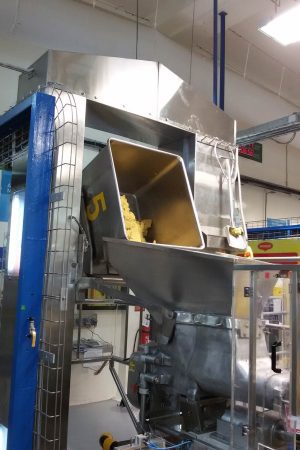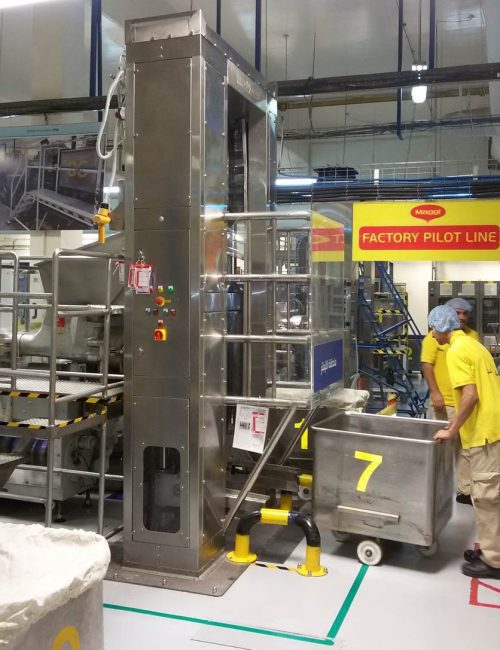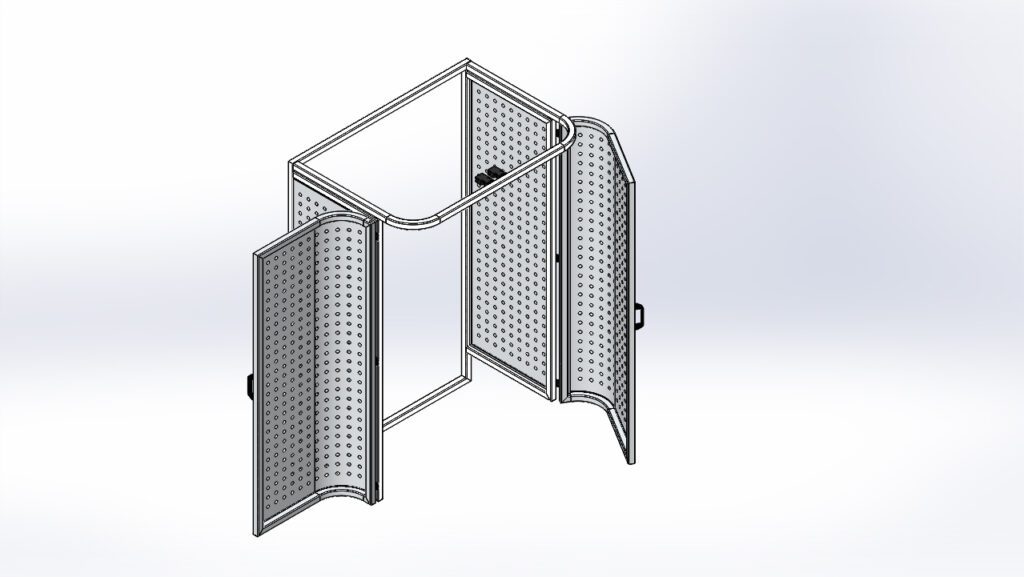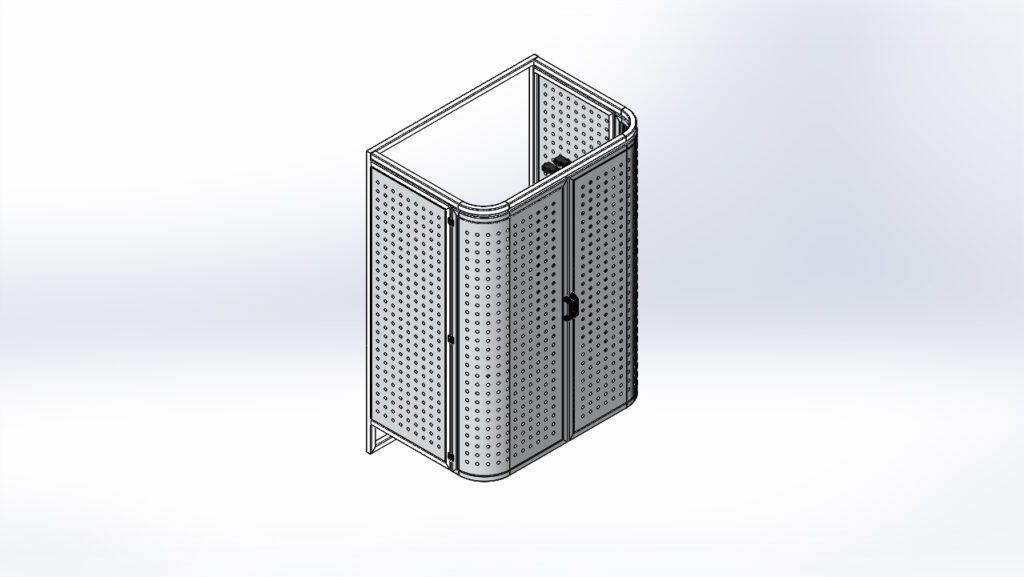Production Booster
Tilting Station: The Ultimate workspace Efficiency

Tilting Station: Bref Overview
Tilting station plays a crucial role in various industrial operations, offering flexibility and efficiency in handling materials and products. From manufacturing plants to laboratories, these versatile devices have become indispensable in modern workplaces.
By understanding the importance of tilting stations, exploring design trends, considering maintenance tips, and staying informed about future innovations, businesses can make informed decisions that optimize their operations and contribute to a sustainable future.
Understanding Tilting Stations
Tilting stations are specialized equipment designed to tilt objects or work surfaces to specific angles.
These stations find applications in a wide range of industries, such as manufacturing, woodworking, and medical research.
They come in different types, including hydraulic tilting stations, electric tilting stations, and manual tilting mechanisms

From manufacturing plants to laboratories, these versatile devices have become indispensable in modern workplaces.

Tilting stations are specialized equipment designed to tilt objects or work surfaces to specific angles.
Benefits of Using Tilting Stations
One of the key benefits of tilting stations is their ergonomic design, which helps reduce strain on workers and improves overall comfort during tasks.
They can streamline the workflow by allowing workers to adjust the angle of workpieces or materials for better access and ergonomics. This can improve efficiency and reduce the risk of injuries from repetitive movements.

Factors to Consider When Choosing a Tilting Station
creativity
Additionally, tilting stations enhance production efficiency by allowing for precise positioning of materials and components
versatility
Their versatility enables operators to perform a variety of tasks with ease, making them essential tools in today's fast-paced industrial environments.
durability
durability and maintenance requirements. By evaluating these factors carefully, businesses can ensure they invest in a tilting station that meets their specific needs.
productivity
Some of the top industrial tilting systems in the market offer advanced features and technologies that enhance productivity and safety in the workplace
Tilting Station Design Trends
Comparing Hydraulic vs. Electric Tilting Stations
A short introduction to the workshop instructors and why their background should inspire potential student’s confidence. A short introduction to the workshop instructors and why their background should inspire potential student’s confidence.
Hydraulic Tilting Stations
Hydraulic tilting stations are known for their robust power and smooth operation, making them ideal for heavy-duty tasks.
Your Choice
Understanding the differences between these two types can help businesses choose the right solution for their operations.
Electric Tilting Stations
electric tilting stations offer precise control and energy efficiency, making them suitable for applications that require accuracy and speed.
Tilting Station Safety Doors


FAQ:
Are tilting stations suitable for small-scale businesses?
- Tilting stations can be adapted to various business sizes, with options available for both small-scale and large-scale operations.
Can tilting stations be customized to specific industry requirements?
- Many manufacturers offer customization options for tilting stations to meet the unique needs of different industries.
What safety measures should be followed when using tilting stations?
- Operators should receive proper training on using tilting stations safely and adhere to all recommended safety guidelines.
How can businesses determine the right size of tilting station for their operations?
- By assessing the types of materials and tasks involved, businesses can determine the appropriate size and capacity of a tilting station for their operations.
Do tilting stations require regular maintenance?
- Yes, regular maintenance is essential to ensure optimal performance and prolong the lifespan of tilting stations.
In conclusion, tilting stations are a vital element of modern rail infrastructure that plays a significant role in improving safety, efficiency, and sustainability. As the demand for faster and more reliable transportation options continues to grow, the importance of tilting stations in enhancing the performance of rail networks will only become more pronounced. By investing in these innovative facilities, rail operators can ensure that their services remain competitive and attractive to passengers while also contributing to a cleaner and greener environment.
